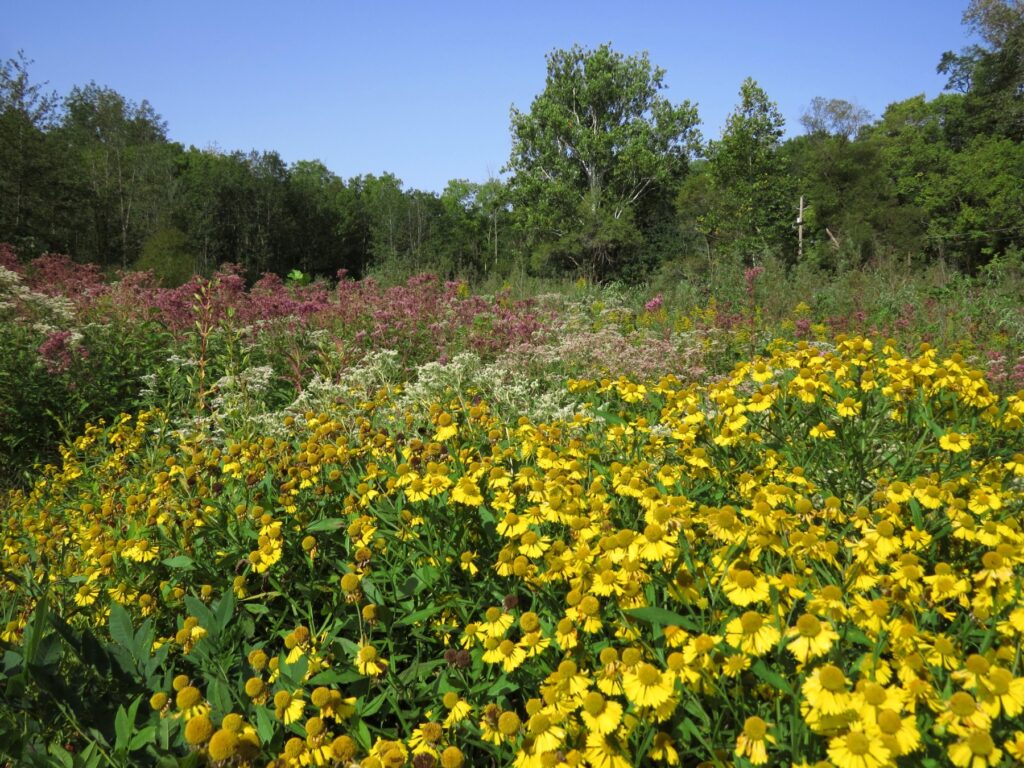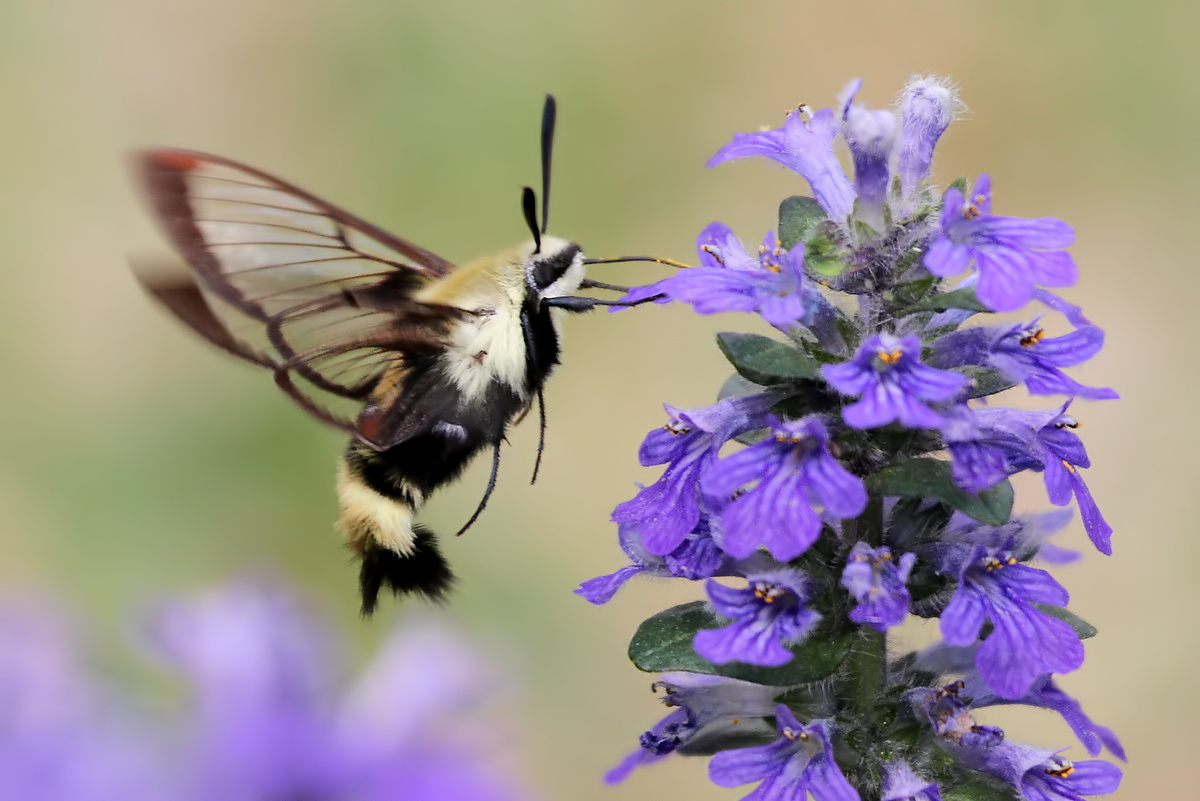World Wetlands Day 2024 is on February 2nd. It’s time to celebrate! Wetlands are captivating ecosystems that play a crucial role in improving water quality, reducing flooding, trapping carbon, and supporting unique plants and wildlife.
While all these biodiversity hotspots serve as essential habitats for numerous migrating and local wildlife, not all wetlands are the same. Let’s delve into the distinct characteristics of various wetland types–all of which are special places that we must preserve.
Swamps are wetlands characterized by standing water and dominated by trees and shrubs. They can be found in both freshwater and saltwater environments. Freshwater swamps, common in floodplain areas, support a variety of tree species such as cypress trees. Saltwater swamps, or mangrove swamps, are crucial coastal ecosystems that provide habitat for numerous marine species such as manatees. Swamps play a vital role in flood control, water filtration, and as nurseries for fish and other aquatic organisms.
Marshes can be defined by the presence of standing water and aquatic vegetation, like lily pads. They can be found along coastlines, in river deltas, or even inland. Saltwater marshes, influenced by the tides, are common in coastal regions and are vital for filtering pollutants and providing breeding grounds for marine life. Freshwater marshes often feature cattails, reeds, and other wetland plants, creating a dynamic and productive ecosystem for local and migrating waterfowl.
Fens are a unique type of wetland distinguished by their alkaline and mineral-rich water. Unlike marshes and swamps, which are often fed by surface water, fens receive water primarily from underground springs or seeps. Fens support a distinctive array of plant life, including sedges, grasses, and wildflowers. These wetlands are essential for maintaining water quality and are often characterized by a high diversity of plant species.
Bogs are fascinating wetlands known for their acidic and nutrient-poor conditions. They typically form in depressions or old glacial lakes and are often dominated by sphagnum moss. One of the defining features of bogs is the accumulation of organic material, creating peat over hundreds and thousands of years. Bogs are home to unique plant species, including carnivorous plants like sundews and pitcher plants.
Each type of wetland has its own set of characteristics, supporting a diverse range of plant and animal life. These ecosystems contribute significantly to biodiversity, water quality, flood control, and overall environmental health. Conservation efforts aimed at preserving and restoring wetlands are essential to ensure the continued well-being of these vital ecosystems and the species that depend on them.
Understanding the distinctions between marshes, fens, bogs, and swamps allows us to appreciate the richness and diversity of wetland ecosystems and underscores the importance of protecting these invaluable natural resources.
Photo: Fen restoration, Marion County by Kevin Tungesvick
Kelley V. Phillips is the Assistant Director for Red-tail Land Conservancy. She strives to cultivate wonder in nature and action to protect it.




